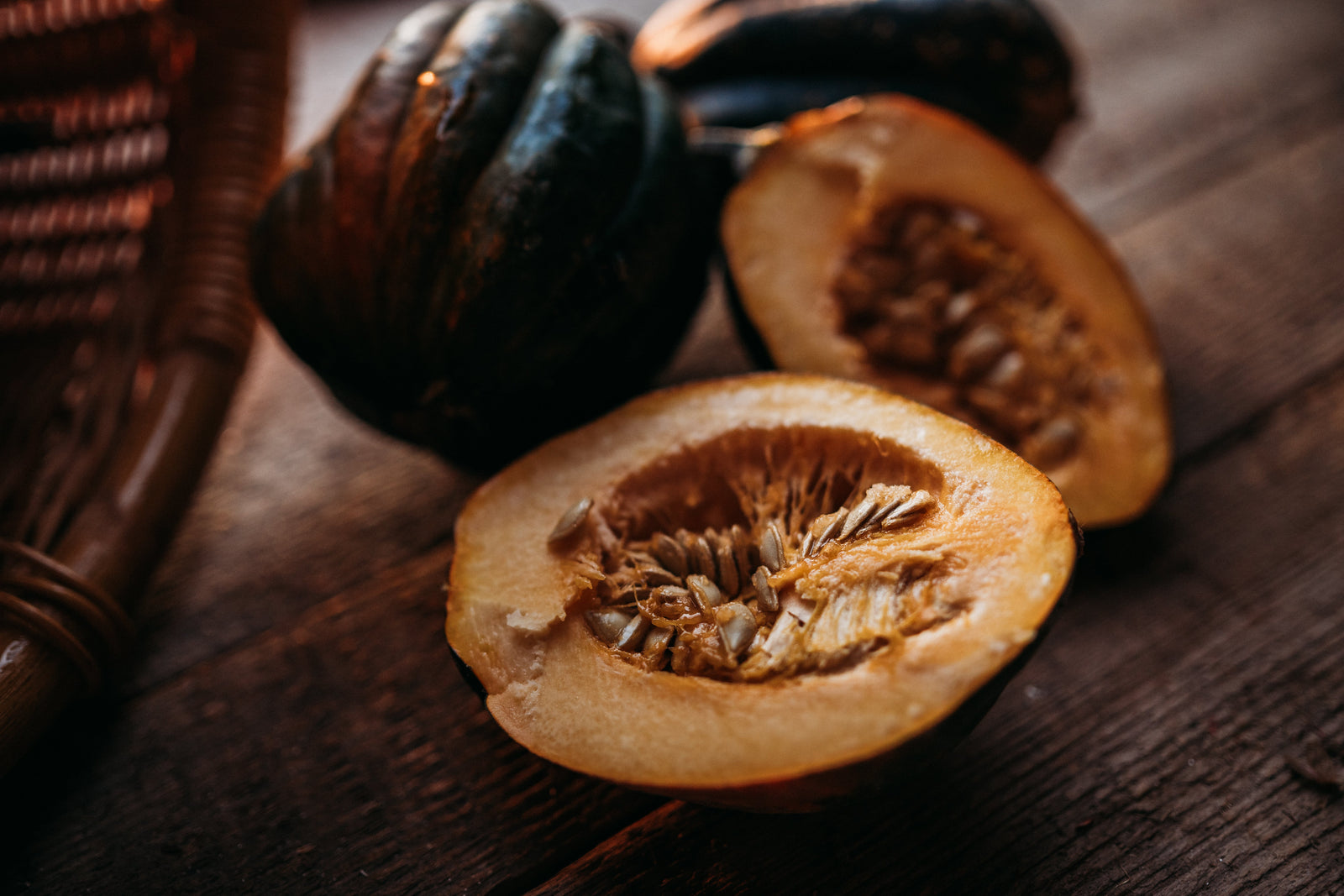Sorghum might just be one of the most underappreciated crops in the home garden. It’s heat-loving, drought-tolerant, and surprisingly handsome—especially when the seed heads start to color up in late summer. We started with a single variety, Dale, and quickly discovered what generations before us already knew: sorghum is a surprisingly resilient, multipurpose crop with a fascinating history. Over the years, our collection has grown to include other historically important varieties like Black Amber, Early Sumac, Kansas Orange, and Wheatland—each with its own story, use, and regional legacy.
So, whether you’re in it for the syrup, the grain, or just the beauty of it swaying in the breeze, here’s how to grow sorghum from seed.
What Is Sorghum?
Sorghum (Sorghum bicolor) is a warm-season grass with many uses. In the U.S., it’s historically been grown for sweet syrup, livestock forage, and broom-making. But there’s a lot more to it than that. Some varieties are bred for grain, some for sweetness, and some simply because they’re beautiful. It's easy to grow and—bonus—doesn’t mind the heat.

When to Plant Sorghum
Sorghum likes warm soil. Wait until temperatures hit at least 65–70°F before sowing. Here in Iowa, that usually means sometime in May—but don’t be afraid to wait until early June if you’re still getting chilly nights. It’s not fussy, but it does sulk in cold soil.
How to Grow Sorghum from Seed
Choose a sunny spot. Sorghum thrives on sunlight—more is better.
- Sow seeds directly. Plant ½ to 1 inch deep, 4 to 6 inches apart. Thin to 8–12 inches later.
- Space your rows. We usually give ours 2–3 feet between rows so we can walk between them for harvest.
- Water well to start. Keep the soil evenly moist until seedlings are up, usually within 7–10 days.
After that, sorghum is pretty self-sufficient. Once established, we rarely water unless we’ve gone a long stretch without rain.

What to Expect as It Grows
Seedlings look like spindly grass at first, but they take off quickly. Most varieties shoot up into tall, leafy stalks that can resemble young corn. By mid to late summer, you’ll see the seed heads form—and they’re beautiful. Some like Sugar Drip stay tight and dense, others like Black Amber fan out dramatically forming a lighter, looser head.
A quick note on weeding:
Sorghum seedlings can be tricky to spot at first—they look an awful lot like grass, especially in the early days. I’ve had more than one gardener email a photo asking, “Is this my sorghum or a weed?” To avoid confusion (and accidental pulling), mark your rows well at planting time and give the seeds a few undisturbed days to sprout before diving into weeding. Once they get their second or third leaf, the difference becomes a lot more obvious. The seedlings will look similar to corn: waxy with broader leaves and a tightly formed whorl. The first leaf—or the cotyledon—will have a rounded tip and the stem will be grooved and slightly darker.

Pests and Problems
One of our favorite things about sorghum is its easy-growing, no-fuss nature. That said, here are a few things to watch for:
- Birds: If you're growing grain sorghum, birds will absolutely find it. You can net the heads or harvest a little early and finish drying indoors.
- Aphids (especially sugarcane aphids): These can cluster on the stalks and undersides of leaves. If you see sticky honeydew or black sooty mold, rinse them off with a strong spray or use insecticidal soap.
- Sorghum midge: Tiny red flies that can affect seed set in grain types. Less common in small plantings but worth keeping an eye on.
Good airflow and rotation away from other grasses can help prevent most issues.
Recommended Varieties
We offer several heirloom and open-pollinated sorghum varieties, each with a story and a purpose. Here are a few of our favorites:
- Mennonite Sweet Cane – A Missouri heirloom known for syrup production. Tall, vigorous, and reliable.
- Texas Seeded Ribbon Cane – A Southern favorite known for its excellent syrup and striking appearance. Well-adapted for home-scale syrup making.
- Dale – A popular sweet sorghum with high sugar content and good disease resistance.
- Wheatland – A rare, early-maturing grain variety developed in Nebraska. Very high yielding and great for northern climates.
- Hungarian Red Broomcorn – Traditional broom-making variety with long, fine bristles.
Whether you want to press your own syrup, grind your own gluten-free flour, or just try something a little different in your garden this year, sorghum is worth your time.

Harvesting Sorghum
When to harvest depends entirely on what you’re growing it for. Here’s a quick breakdown:
- For syrup: Harvest when the seeds are still soft (what’s called the “dough stage”) but the stalks are juicy. You’ll need to cut the canes and press them quickly to extract the juice. The sugar content is highest just before full seed maturity.
- For grain: Wait until the seed heads are fully mature and dry—usually when the seeds are hard and can’t be dented with a fingernail. I test a few by hand and listen for a rustling sound when I shake the head.
- For broom-making or ornamental use: Cut seed heads once they’ve fully formed but before they begin to shatter. Hang them upside down in a dry place to finish curing.
No matter your end goal, harvest on a dry day and avoid working with wet plants to prevent mold.
| Making Sorghum Syrup: An American Tradition |
|
Sorghum syrup isn’t just a tasty treat—it’s a tradition, especially in places where maple trees are scarce and summers run hot. Norma, our 93-year-old neighbor down the hill, remembers visiting a local farmer each year to buy freshly pressed syrup made with a horse-powered mill. Stories like hers deserve more than a paragraph (and we’ll share more soon), but the process remains much the same today. To make syrup, harvest the canes while the seeds are still soft. Crush the stalks to extract the juice—traditionally with a roller press—then strain and boil it down until it thickens and darkens into a rich, pourable syrup. The result is a smoky-sweet staple with a flavor all its own, perfect on pancakes, biscuits, or straight off the spoon. |
Saving and Storing Sorghum Seed
If you’ve never saved seed before, sorghum is a good one to start with. It’s mostly self-pollinating, which means you can often save seeds from just a few plants and expect relatively true offspring—especially if you’re growing only one variety.
Here’s how to save your own seed:
- Choose healthy, mature seed heads. Avoid any with signs of mold or pest damage.
- Dry completely. Hang them indoors or in a covered space for 2–3 weeks until the seeds are hard and rattle when shaken.
- Thresh and clean. Rub the seed heads by hand or between screens to remove the seeds. Winnow away the chaff with a fan or by gently tossing in the wind.
- Store properly. Keep seeds in a labeled envelope or jar in a cool, dry place. Properly dried and stored sorghum seed can remain viable for 5–7 years or more.
If you’re saving multiple varieties, space them by 500+ feet or bag the heads prior to pollination to prevent cross-pollination.

In Conclusion: Sorghum, A Crop Worth Growing
Sorghum is a versatile, productive crop that is remarkably easy to grow. Whether you’re growing it for syrup, grain, or just the joy of trying something different, this is a plant that rewards the patient gardener. It asks little, handles heat like a pro, and brings a piece of history to your backyard. So, whether you’re just getting started—or sorting through what’s sorghum and what’s a weed—know that you’re not alone. We’re right there with you, row by row, season after season.






